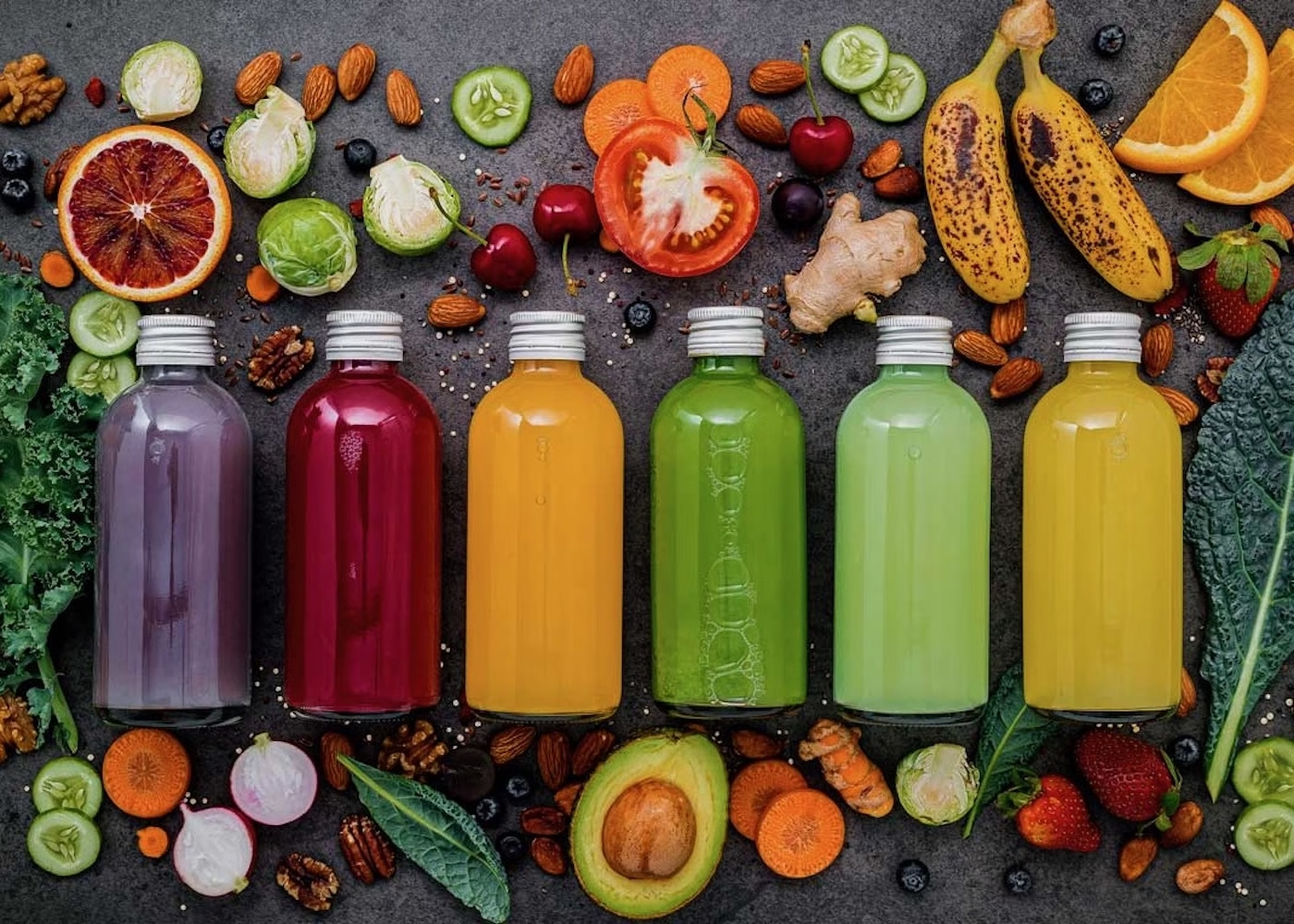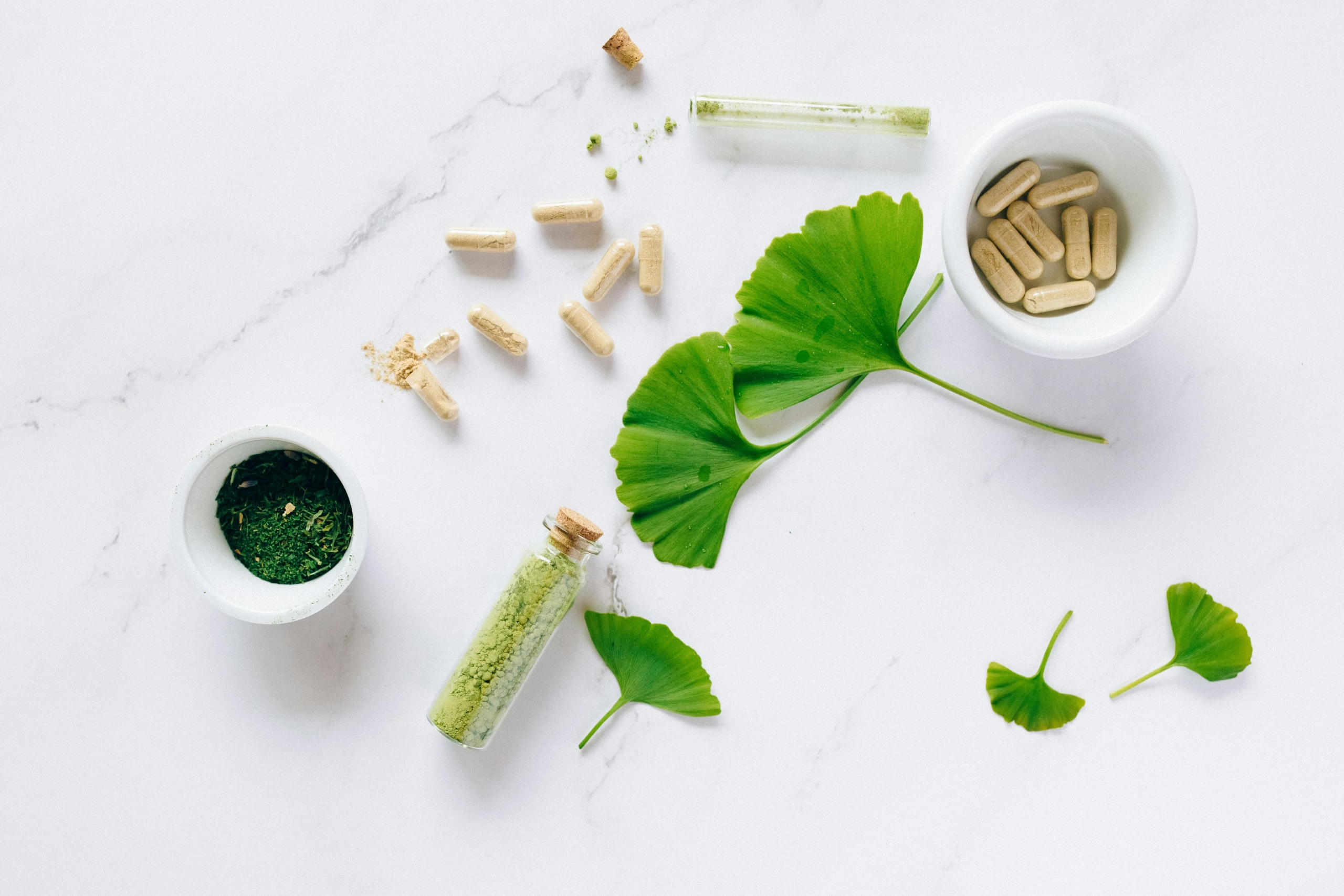Looking to feel lighter, better hydrated, and more energized this summer—without falling for fads? You’re in the right place. Below you’ll find ten researched, refreshing juice ideas that emphasize real produce, smart pairings, and safety. You’ll also see where the evidence stands right now (summer 2025), plus simple recipes, storage tips, and ideas for making each sip work harder for you.
Before we dive in, a quick reality check: your liver, kidneys, lungs, skin, and gut already do the heavy lifting of detoxification. No drink “flushes toxins” on its own. What juices can do is help you hit daily fruit-and-veg targets, add polyphenols and micronutrients, and support hydration—especially when they’re low in added sugar and part of a balanced diet.
Each juice below includes the why (key nutrients + current evidence), how (a 1-minute recipe), make it smarter (techniques to improve absorption or reduce sugar impact), a portion tip, and an image idea you can use if you’re making one.
1) Beet–Citrus “Nitro-Glow” Juice
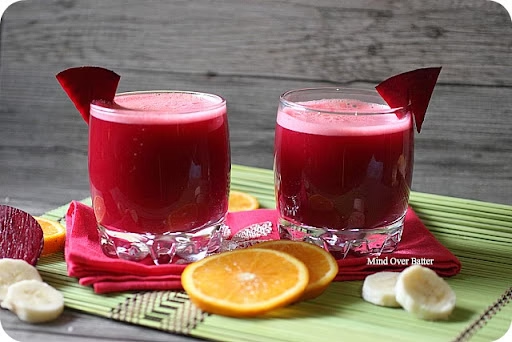
Beets are rich in dietary nitrates that the body converts to nitric oxide—supporting vascular function and, in some cases, lowering blood pressure and aiding exercise performance. A 2025 University of Exeter study found nitrate-rich beetroot juice reduced blood pressure in older adults over two weeks; meta-analyses also support benefits, especially with consistent intake.
Recipe (serves 1):
- 1 small raw beet (scrubbed)
- 1 orange (peeled)
- ½ lemon (peeled)
- 1 small carrot
- Thumb of ginger (optional)
Juice, stir, pour over ice.
Swish plain water, not antiseptic mouthwash—the oral microbiome helps convert nitrates to nitric oxide. Pairing with citrus adds vitamin C and brightens flavor.
2) Watermelon–Lime–Mint “Coolant”
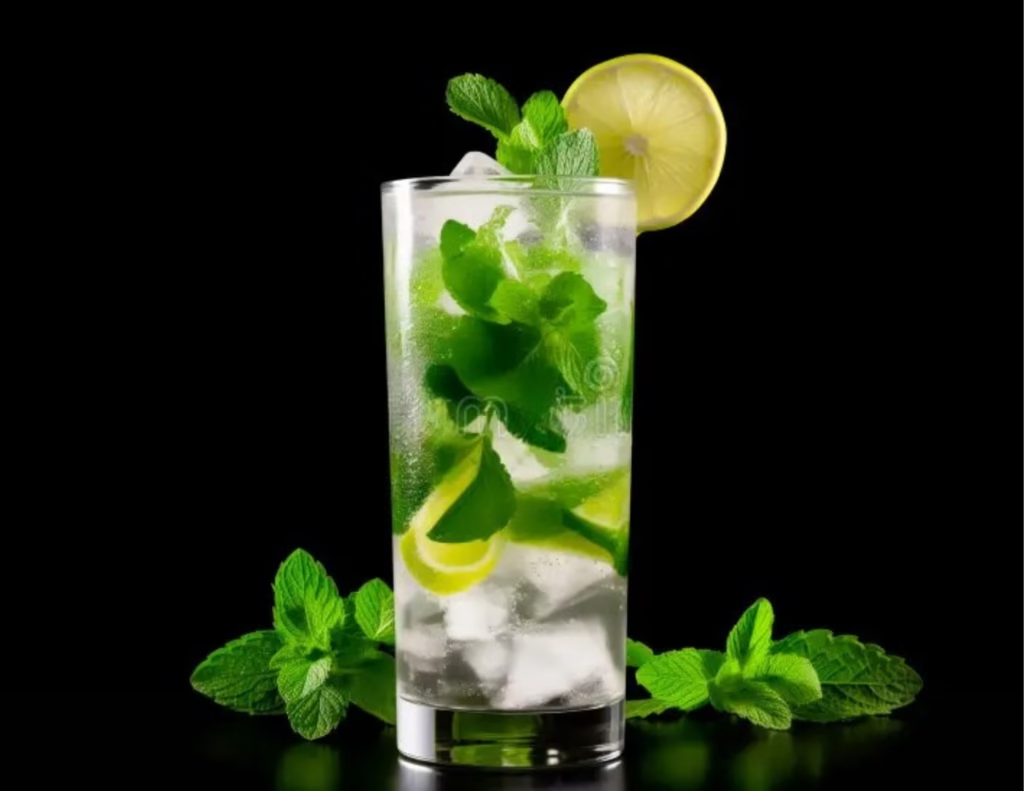
Watermelon is 90% water and provides L-citrulline and lycopene. Small human studies suggest watermelon juice with naturally occurring citrulline may reduce post-exercise muscle soreness and help recovery metrics. Great for hot-weather hydration.
Recipe:
- 2 cups chilled seedless watermelon cubes
- ½ lime (peeled)
- 4–6 mint leaves
Blend, strain (optional), ice.
Keep some pulp for a little fiber; add a pinch of salt post-workout to support electrolytes.
3) Pomegranate–Berry Polyphenol Punch
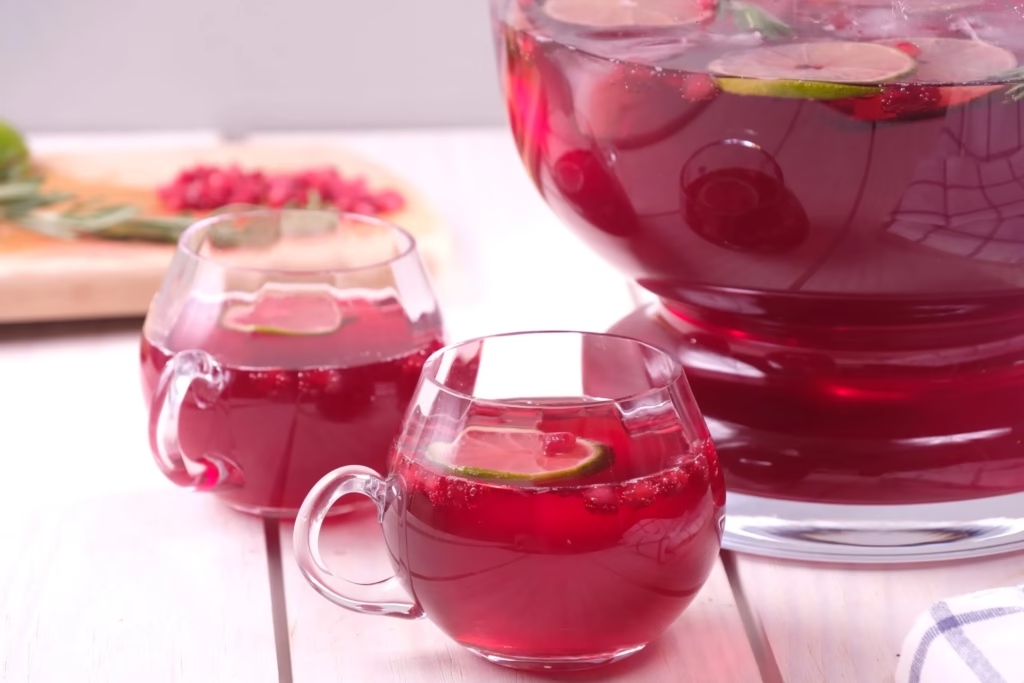
Pomegranate juice is rich in polyphenols. A 2023 meta-analysis of 14 trials found modest reductions in blood pressure with short-term intake (2 months). Adding blueberries/blackberries layers anthocyanins for antioxidant support.
Recipe:
- ¾ cup 100% pomegranate juice
- ½ cup blueberries (fresh/frozen, thawed)
- ½ cup blackberries
Blend and fine-strain if needed.
Dilute 1:1 with cold water or sparkling water to lower sugar per serving while keeping flavor; serve over ice.
4) Pineapple–Ginger Anti-Bloat Sipper

Pineapple contains bromelain (a proteolytic enzyme) and vitamin C. Ginger has the best-documented anti-nausea effects among culinary spices; meta-analyses and a broad 2020 review highlight benefits for nausea and some inflammation-related outcomes (though evidence quality varies).
Recipe:
- 1 cup pineapple chunks
- 1 small apple (or ½)
- 1–2 cm ginger knob
- ½ cup cold water (if blending)
Juice or blend/strain.
Add a pinch of black pepper to subtly warm the blend; keep ginger modest to avoid GI upset.
5) Turmeric–Citrus “Golden Hour”
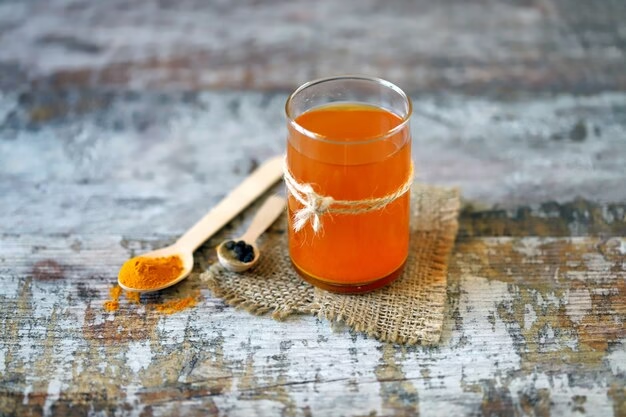
Why: Curcumin (from turmeric) is poorly absorbed on its own; pairing with piperine (black pepper) can raise bioavailability dramatically (commonly cited up to ~2000% in early human work; ongoing research explores better delivery). Using whole turmeric + a few twists of black pepper is a pragmatic kitchen approach.
Recipe:
- 1 orange (peeled)
- 1 small carrot
- 1 cm fresh turmeric root (or ¼ tsp ground)
- ½ tsp grated fresh ginger
- 2–3 twists black pepper
Juice; stir well.
Include a little healthy fat later in the meal (e.g., nuts) to further assist absorption.
6) Cucumber–Celery–Green Apple Refresher
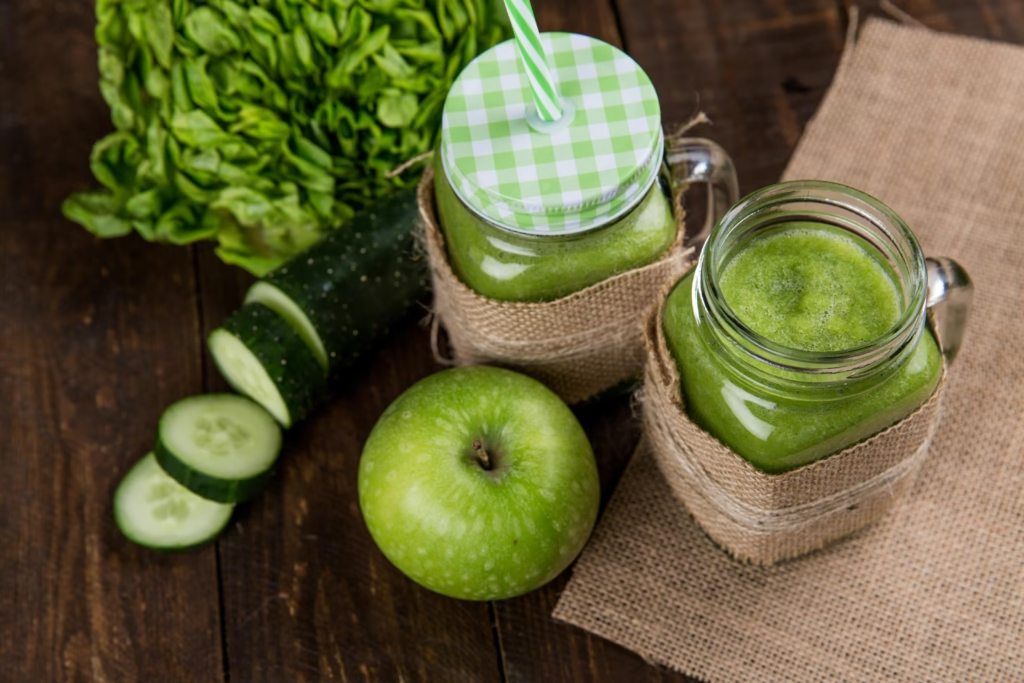
Ultra-hydrating and low in sugar, with potassium and vitamin K from celery and greens. Celery is naturally low-calorie with modest sodium and potassium per stalk; pairing with apple adds brightness without pushing sugars too high.
Recipe:
- ½ cucumber
- 2 celery stalks
- 1 small green apple
- Squeeze of lemon
Juice and serve cold.
Add parsley or spinach for more folate and K; finish with lemon for vitamin C and flavor.
7) Carrot–Orange–Ginger “Sunrise”
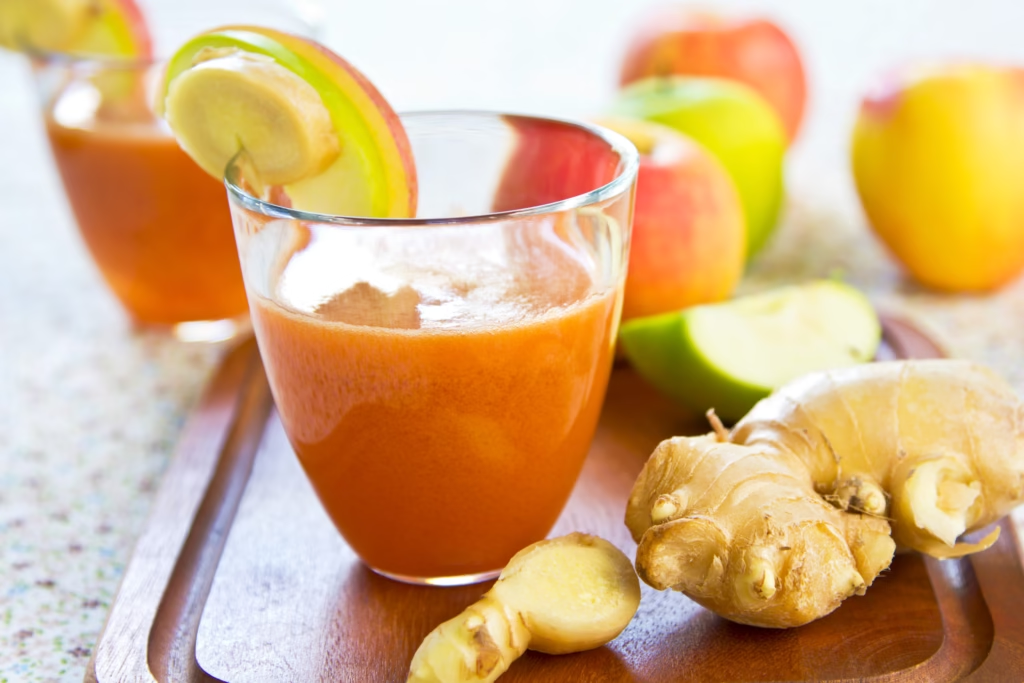
Carrots deliver beta-carotene (pro-vitamin A) for skin and eye health; oranges provide vitamin C and flavanones. The classic combo is bright, familiar, and kid-friendly in small portions.
Recipe:
- 2 medium carrots
- 1 orange (peeled)
- 1–2 cm ginger
Juice; add ice.
Pair with a handful of nuts or yogurt later to help absorb fat-soluble carotenoids.
8) Spinach–Kale–Apple “Everyday Green”
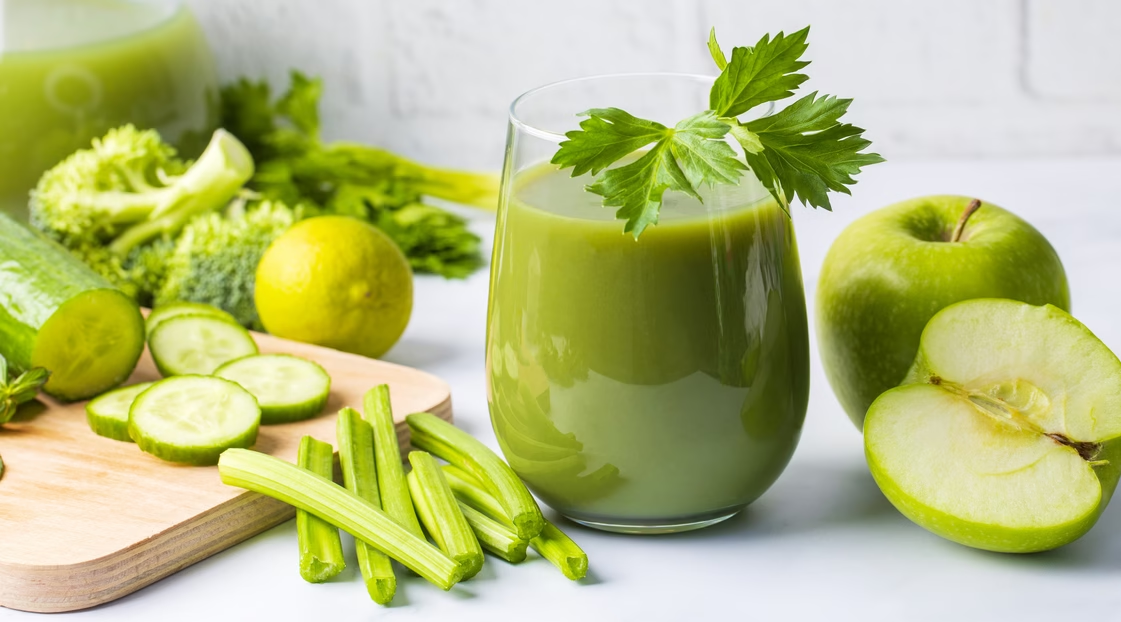
A veggie-forward blend that’s naturally lower in sugar than pure fruit juice and provides folate, vitamin K, and polyphenols. The apple and lemon make it crisp and approachable.
Recipe:
- 1 cup spinach
- ½ cup kale (stems removed)
- 1 small apple
- ½ lemon (peeled)
- ½ cup cold water (if blending)
Juice or blend/strain.
Add a few cucumber slices for extra volume and hydration without adding sugar.
9) Grapefruit–Mint “Metabolic” Cooler
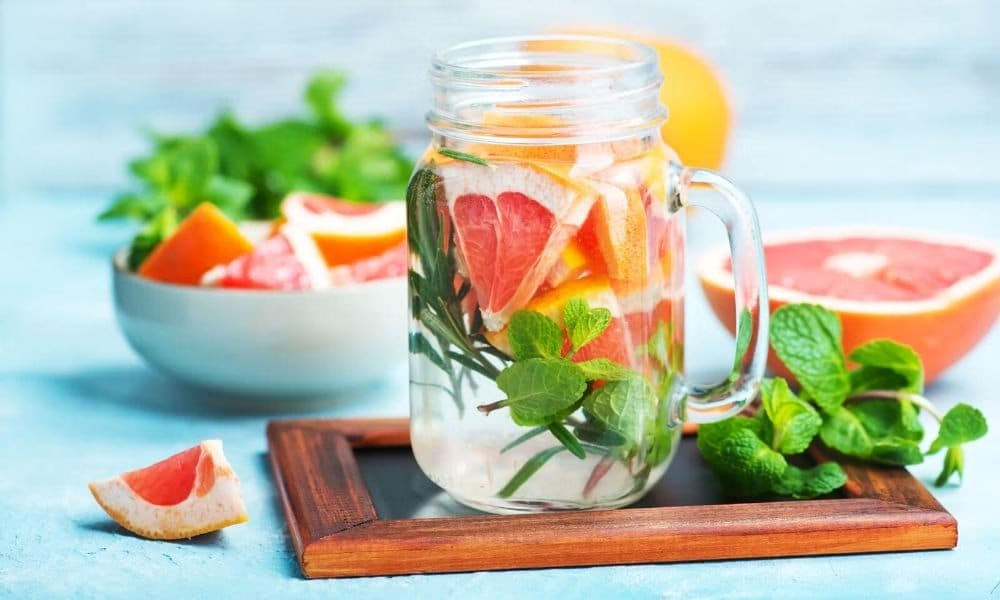
Grapefruit is rich in vitamin C and naringin (a flavonoid). It’s low in calories and intensely refreshing. Important: Grapefruit can interact with several medications (e.g., some statins, calcium-channel blockers). If you take meds, check with your clinician or pharmacist first.
Recipe:
- 1 large grapefruit (peeled)
- 3–4 mint leaves
- ½ cup cold water (optional to dilute)
Juice; add crushed ice.
1:1 dilution to extend the pour while keeping sugars low.
10) Tart Cherry–Pineapple Nightcap (No-Alcohol)

Tart cherry juice provides melatonin and polyphenols; pineapple contributes vitamin C and bromelain. While evidence around sleep is mixed, some people find evening tart cherry helpful; keep portions small because it’s naturally sweet. (General antioxidant and inflammation-related benefits are supported across polyphenol-rich fruits.)
Recipe:
- ¾ cup tart cherry juice (100%)
- ¼ cup pineapple juice (100%)
- 2–3 ice cubes
Stir and sip slowly.
Dilute 1:1 with water to reduce sugar load before bed.
Cleansing the smart way: evidence-based tips
1) Favor veggie-forward over fruit-heavy
Vegetable-dominant blends keep sugars lower while still delivering phytochemicals. WHO counts fruit juice sugars as free sugars, so portions matter.
2) Keep portions modest—especially if you track carbs
For carb counting, the American Diabetes Association notes ~15 g carbohydrate can be as little as ⅓–½ cup of fruit juice, versus ¾–1 cup for many fresh berries/melons. Whole fruit has fiber and is typically the better everyday choice; use juice strategically.
3) Go pasteurized or HPP when buying bottled
If a bottle isn’t pasteurized or HPP-treated, there’s a higher food-safety risk—especially for vulnerable groups. HPP improves safety (reducing pathogens 5-log or more) and can extend shelf life while retaining fresh taste and nutrients.
4) Store and serve safely
Keep juice cold (≤4 °C / 40 °F). Drink fresh juices within 24–72 hours depending on processing and handling; discard if aroma, color, or fizz changes. (Regulatory pages regularly warn consumers about unpasteurized cider/juice risks, especially in warmer months and at markets.)
5) Time it right
- Pre- or post-workout: Watermelon-lime or beet–citrus can be handy for hot-weather training days.
- With meals: Pair carotenoid-rich juices (carrot, kale/spinach) with healthy fats in the meal to improve absorption.
- Evenings: Keep portions smaller; consider tart cherry diluted, if it agrees with you.
Conclusion
This summer, cleansing juices are less about “detox” fads and more about smart hydration, nutrient variety, and refreshing flavors. By focusing on veggie-forward blends, portion control, and food safety, you can enjoy juices that truly support energy, recovery, and overall wellness. Whether it’s a beet boost before a workout, a watermelon cooler on a hot afternoon, or a tart cherry nightcap, these drinks are simple ways to add color and vitality to your daily routine—all while keeping the science in mind.
![]()
